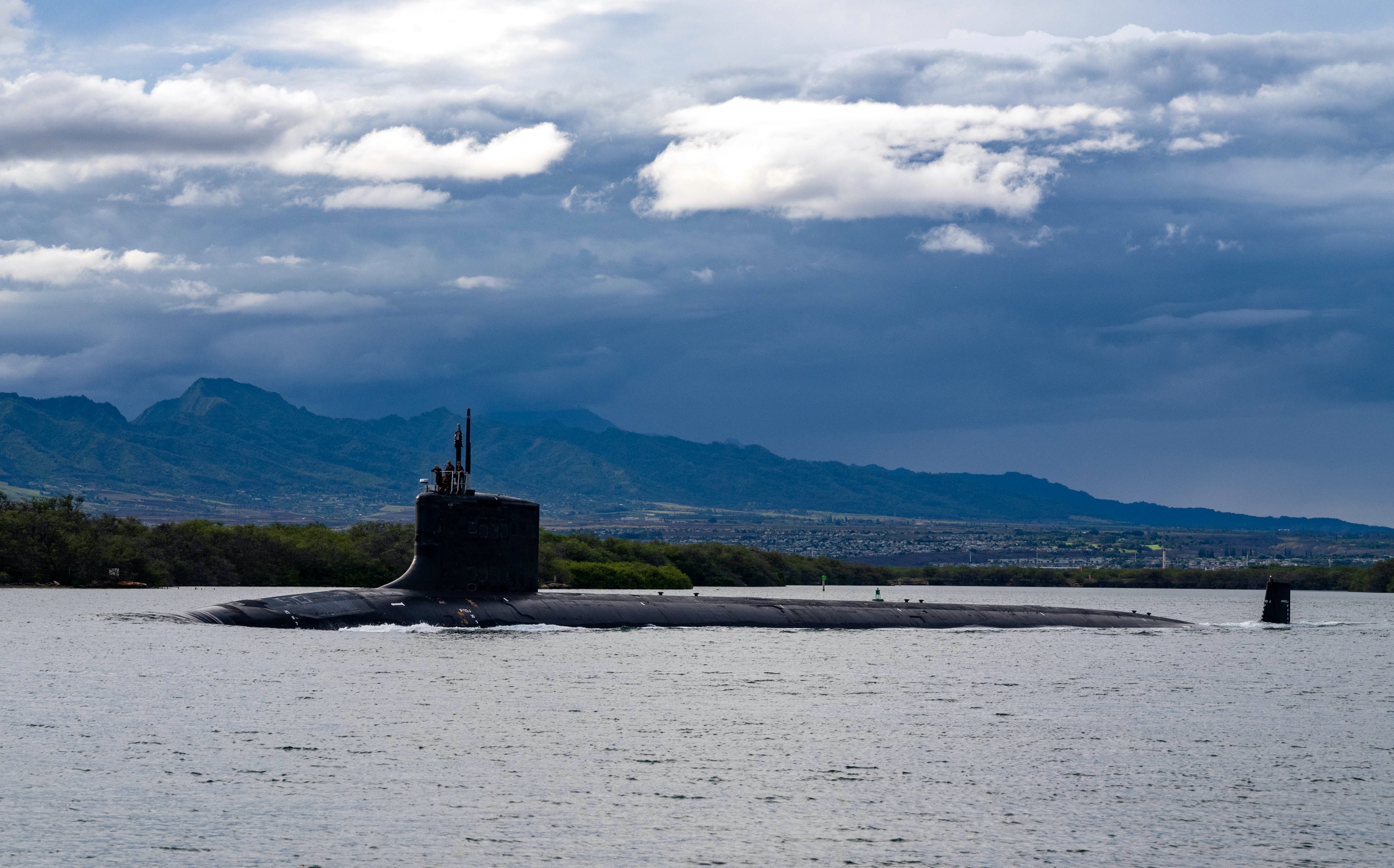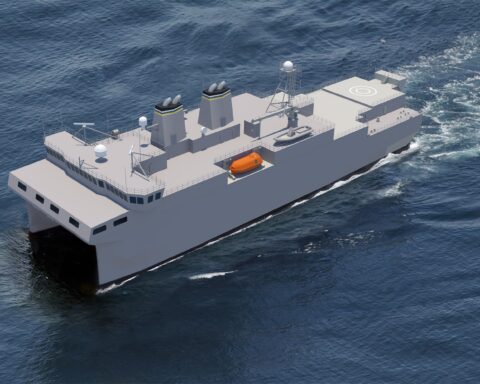The following is the Jan. 8, 2019 Congressional Research Service report, Conventional Prompt Global Strike and Long-Range Ballistic Missiles: Background and Issues.
From the Report
Conventional prompt global strike (CPGS) weapons would allow the United States to strike targets anywhere on Earth in as little as an hour. This capability may bolster U.S. efforts to deter and defeat adversaries by allowing the United States to attack high-value targets or “fleeting targets” at the start of or during a conflict. Congress has generally supported the PGS mission, but restricted funding for several years. Recently, efforts to develop a long-range prompt strike capability, along with other efforts to develop extremely fast hypersonic weapons, have garnered increased support.
CPGS weapons would not substitute for nuclear weapons, but would supplement U.S. conventional capabilities. Officials have argued that the long-range systems would provide a “niche” capability, with a small number of weapons directed against select, critical targets. Some analysts, however, have raised concerns about the possibility that U.S. adversaries might misinterpret the launch of a missile with conventional warheads and conclude that the missiles carry nuclear weapons. The U.S. Department of Defense (DOD) is considering a number of systems that might provide the United States with long-range strike capabilities.
The Air Force and Navy have both pursued programs that would lead to the deployment of conventional warheads on their long-range ballistic missiles. During the 2000s, the Air Force and the Defense Advanced Research Projects Agency (DARPA) sought to develop a hypersonic glide delivery vehicle that could deploy on a modified Peacekeeper land-based ballistic missile, but test failures led to the suspension of this program; research continues into a vehicle that might be deployed on air-delivered or shorter-range sytems. In the mid-2000s, the Navy sought to deploy conventional warheads on a small number of Trident II submarine-launched ballistic missiles, but Congress rejected the requested funding for this program. Since then, the Pentagon has continued to develop a hypersonic glide vehicle, now known as the Alternate Reentry System, which could be deployed on long-range missiles. At present, it seems likely that this vehicle could be deployed on intermediate-range missiles on Navy submarines, for what is now known as the Prompt Strike Mission. Congress may review other weapons options for the deployment of hypersonic weapons, including bombers, cruise missiles, and possibly scramjets or other advanced technologies.
The Pentagon’s budget request for FY2019 increases funding for the CPGS program from around $201 million in FY2018 to $278 million in FY2019; it also shows significant increases in funding over the next five years, with a total of $1.9 billion allocated to the program. This shows the growing priority placed on the program in the Pentagon and the growing interest in Congress in moving the program forward toward deployment.
When Congress reviews the budget requests for prompt global strike and hypersonic weapons, it may question DOD’s rationale for the mission, reviewing whether the United States might have to attack targets promptly at the start of or during a conflict, when it could not rely on forward-based land or naval forces. It might also review whether this capability would reduce U.S. reliance on nuclear weapons or whether, as some critics have asserted, it might upset stability and possibly increase the risk of a nuclear response to a U.S. attack. At the same time, Members of Congress and officials in the Pentagon have both noted that Russia and China are pursuing hypersonic weapons, leading many to question whether the United States needs to accelerate its efforts in response, or whether an acceleration of U.S. efforts might contribute to an arms race and crisis instability.
This report will be updated as needed.
Download the document here.





